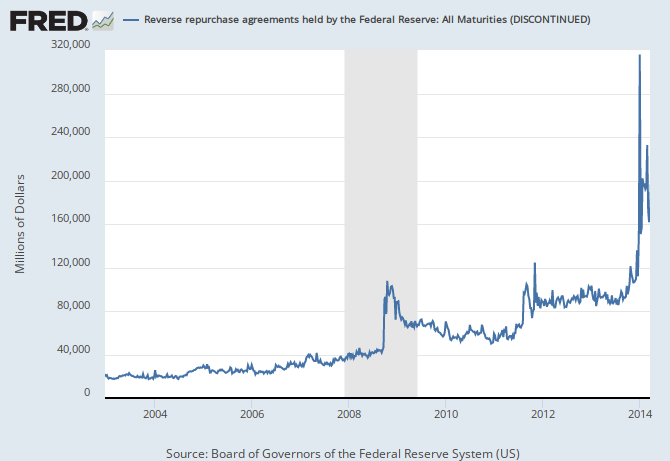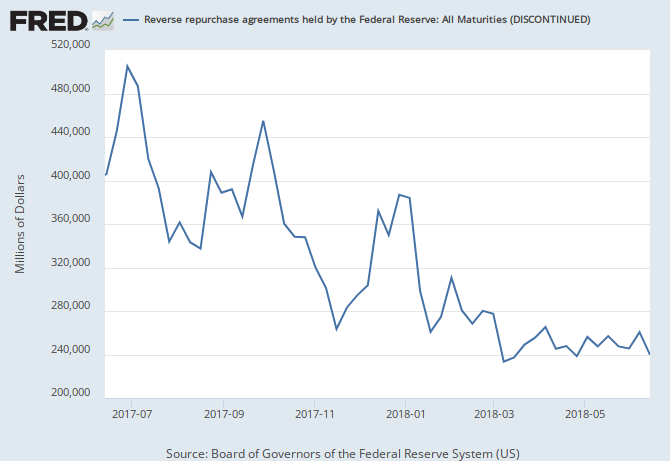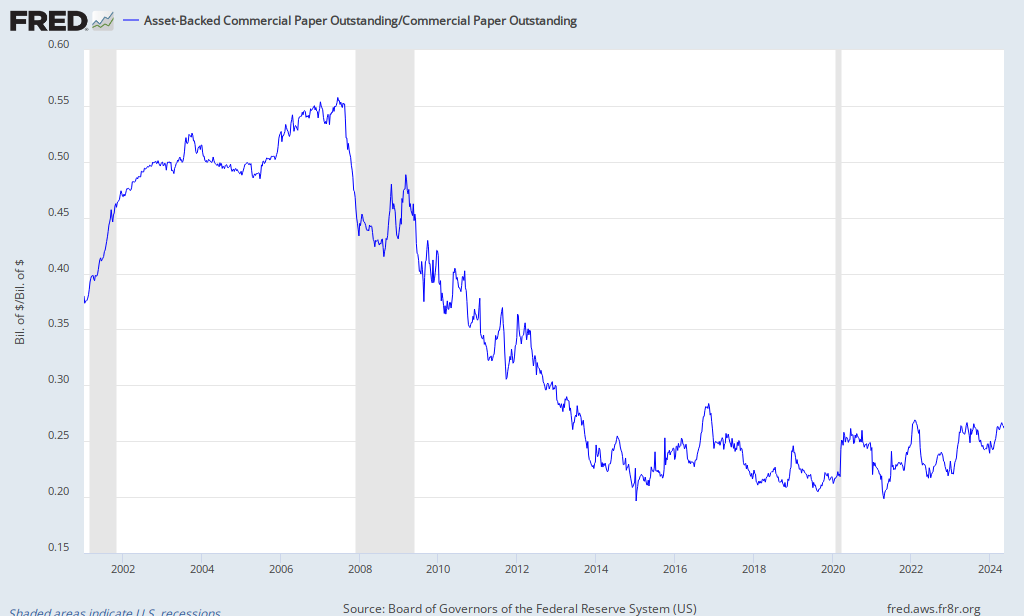I have yet to post anything about the Ukraine. So I figured I would talk about Russia - the world's largest producer and exporter of oil. Russia is also the second largest producer and the largest exporter of natural gas. The following video is five years old, so a little out-dated, but still informative.
Updates to the information in the video:
- The Nord Stream pipeline has been completed and is delivering natural gas
- The South Stream is in the construction phase and expected to deliver natural gas by 2015
- The Nabucco pipeline has been sidelined in favor of the Trans-Adriatic (below)
- The Tran-Adriatic pipeline has received much support but no construction has taken place
- The White Stream pipeline has received some fanfare but no construction has taken place
Other significant natural gas exporters to Europe include:
Qatar - the world's largest LNG supplier with major exports to South Korea, Japan, Spain and the UK;
Norway - a large exporter to UK, Germany, France and other western European nations;
Algeria - a major supplier for Italy and Spain;
Netherlands - an exporter to the UK, Germany and Belgium.
The YouTube page also had a link to an interesting video about Turkmenistan - a potential supplier of natural gas for various Turkey-crossing pipeline projects. This video might help represent the nature of Russian pipeline politics.
One event which may give further strength to Russian dominance in the energy markets is Saudi Arabia's increasing rate of oil consumption. Saudi Arabia consumes about 3 million barrels of oil per day and has a population of about 30 million. This makes it one of the largest consumers of oil per-capita in the world.
Extrapolate out Saudi Arabia's current oil consumption and production rates over the next 20 years and you just might find that the country will become a net oil importer. Citigroup in 2012 made such an extrapolation. From
Bloomberg:
“If Saudi Arabian oil consumption grows in line with peak power demand, the country could be a net oil importer by 2030,” Heidy Rehman, an analyst at the bank, wrote. The country already consumes all its natural-gas production and plans to develop nuclear power, which pose execution risk amid a lack of available experts, safety issues and cost overruns, Rehman said.
...
Saudi Arabia’s per capita consumption in 2011 is higher than most industrialized nations, including the U.S., according to the report. The nation’s 10-year historical consumption compound annual growth rate may increase 6 percent, double its projected population growth, Rehman wrote. Saudi Arabia’s population was 28 million as of the end of 2011, International Monetary Fund data compiled by Bloomberg show.
Part of Saudi Arabia's oil consumption goes towards electricity production. Though the country has plans to replace oil with natural gas, nuclear and solar for electricity production, the rising increase in oil consumption is also coming from transportation fuel demand - gasoline.
 |
| Saudi oil consumption (1980-2012) |












